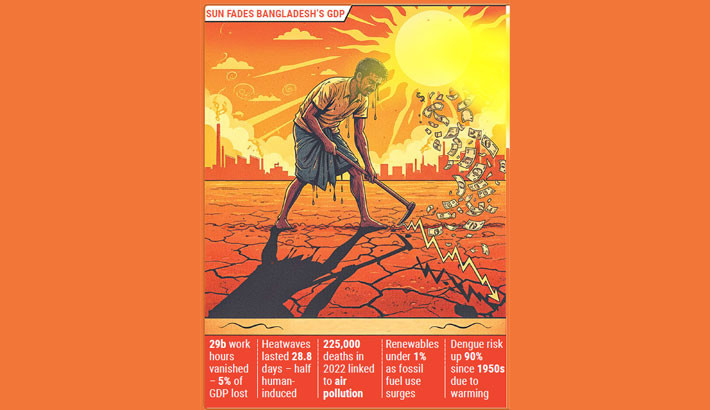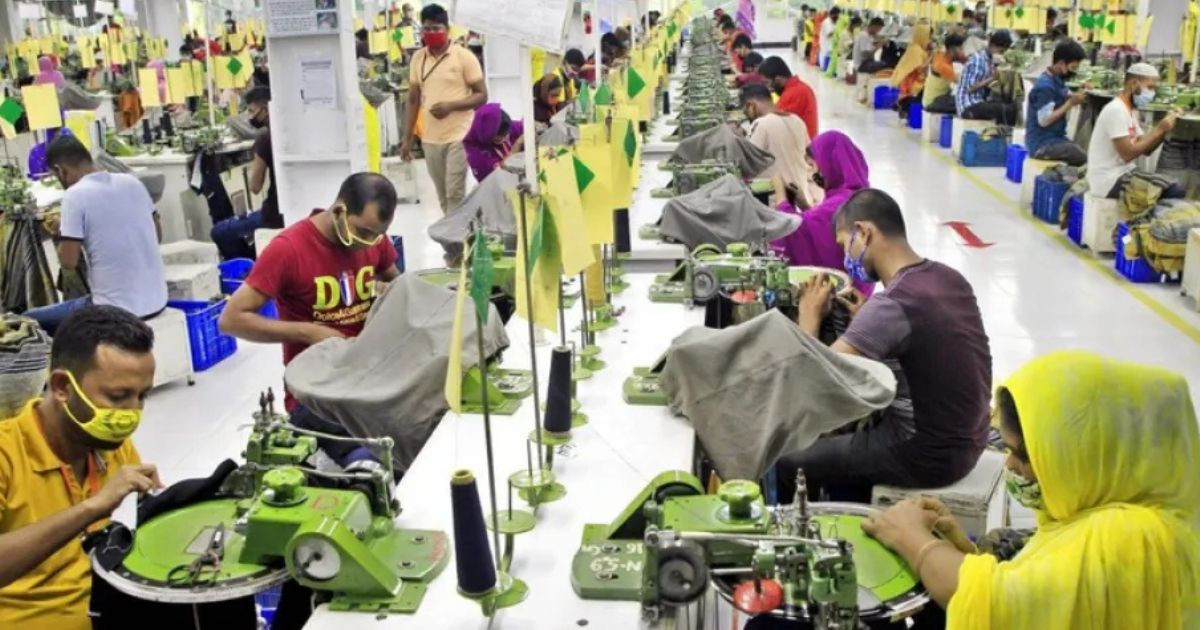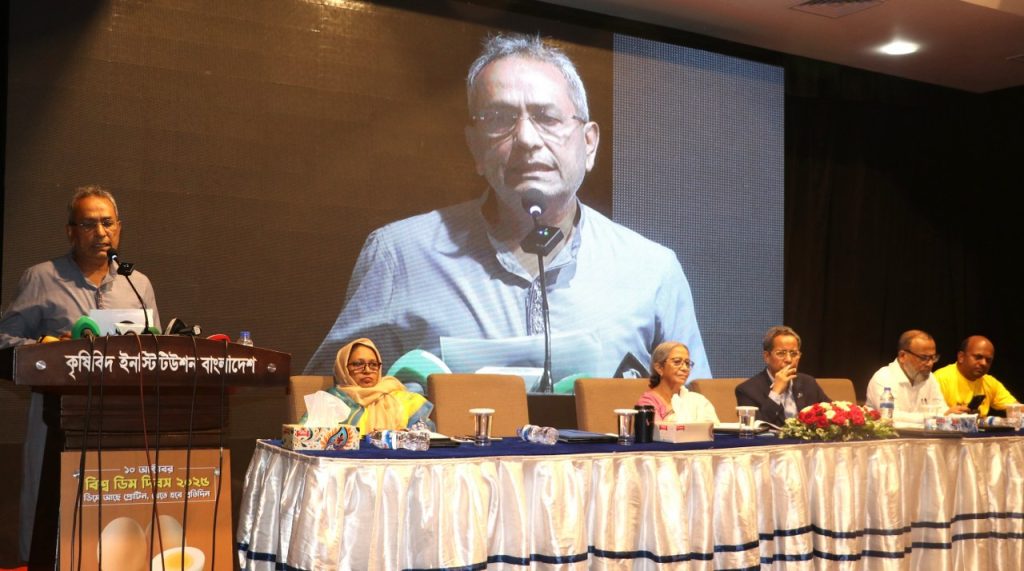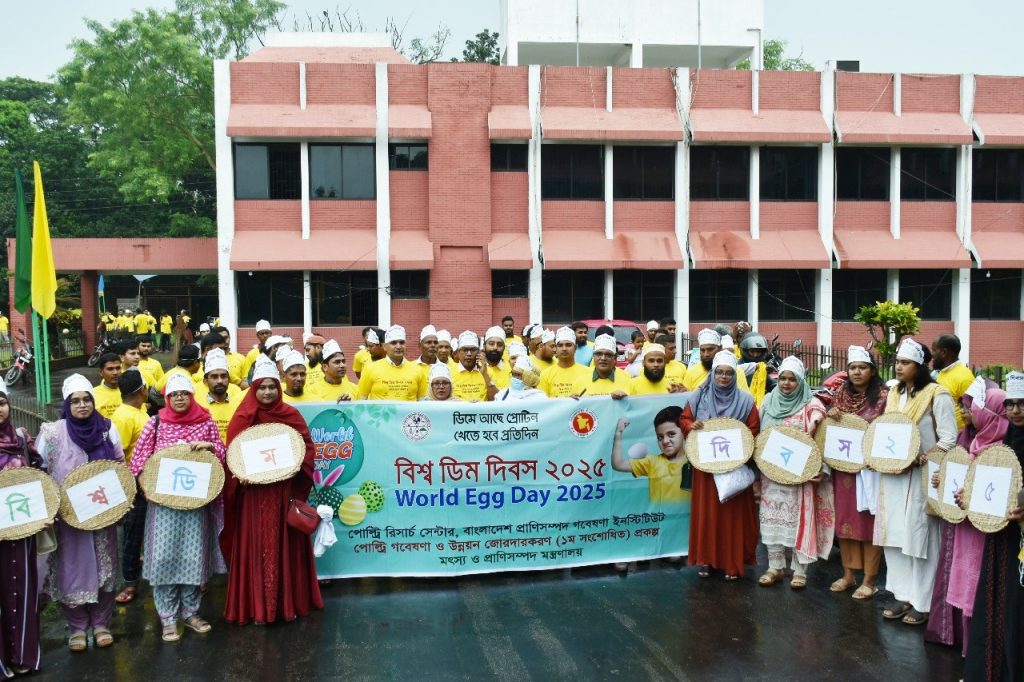Seminar on World Food Day Bangladesh lags behind in milk, egg, and vegetable consumption

- Update Time : Monday, October 20, 2025
- 115 Time View
RN Desk: A seminar held today at the Bangladesh Agricultural Research Council (BARC) auditorium in Dhaka, marking World Food Day 2025, highlighted that Bangladeshi consumers are still far behind the recommended intake of milk, eggs, and vegetables. The event was organized by the Ministry of Agriculture in collaboration with the Food and Agriculture Organization (FAO) of the United Nations.
According to the keynote presentation, while the recommended daily intake of vegetables is 300 grams, Bangladeshis consume only 202 grams on average. For eggs, the daily standard is 30 grams, but consumption is only 13 grams. The gap is even wider in milk and dairy products—against the requirement of 130 grams per day, the average Bangladeshi consumes just 34 grams.
The keynote paper was presented by Professor A H M Saiful Islam of Bangladesh Agricultural University. He compared food consumption patterns in 2016 and 2022 with recommended dietary standards. The data showed some improvements in fruit consumption—from 36 grams per person per day in 2016 to 95 grams in 2022, nearing the recommended 100 grams.
Rice consumption, once above the standard, has declined slightly. In 2016, daily rice intake was 367 grams against the recommended 350 grams; by 2022, it fell to 329 grams. Fish consumption, however, exceeded the benchmark: while the recommended intake is 60 grams per day, the actual average was 68 grams in 2022, up from 63 grams in 2016. Oil intake also remains slightly higher than the recommended 30 grams, with consumers averaging 31 grams per day in 2022 compared to 27 grams in 2016.
Guest Speakers’ Observations
Chief Guest Food Secretary Md. Masudul Hasan praised the contributions of farmers and agricultural scientists to the country’s production success but noted that producers remain poorly connected to markets. “Farmers’ condition is like the song of Hasan Raja—‘land belongs to others, property belongs to others,’” he remarked.
Special Guest Fisheries and Livestock Secretary Abu Taher Muhammad Jaber raised concerns about the soaring price of hilsa fish. “Hilsa requires no fry release, no feed—and yet why is it so expensive? Even before taking office, I had this question. The explanation is always high fishing costs and middlemen. By the time the fish reaches Dhaka, the price doubles. Clearly, there is more work to be done,” he said.
He also noted that the excessive use of fertilizers and pesticides in paddy fields has reduced natural fish availability, calling for more research to curb such practices. Rising costs of animal feed, he added, were driving up the prices of fish, milk, and eggs.
Quoting a newspaper report, he further pointed out, “I read that imported cat food now costs Bangladesh around 400 crore taka annually. But in our time, we never needed to buy special food for cats. Such products must be produced locally.”
Other Insights
Dr. Khondaker Md. Iftekharuddoula of the Bangladesh Rice Research Institute warned that 76% of Bangladesh’s land is moderately infertile, and the proportion is increasing. On average, food waste per person is 82 kilograms per year. “In a disaster-prone country like ours, ensuring food security must be a continuous effort. No single institution or group can do this alone—it requires collaboration between teachers, researchers, the government, and farmers,” he said.
FAO Bangladesh Representative Dia Sano noted that the world produces 1.5 times more food than required, but mismanagement and economic inequalities cause food insecurity.
Earlier, Dr. Nazmun Nahar Karim, Executive Chairman of BARC, delivered the welcome address. Valentine Achancho, IFAD Representative in Bangladesh, also spoke.
The seminar concluded with a prize distribution ceremony for winners of a painting competition. Officials from government agencies, private organizations, researchers, teachers, and students attended the event.









